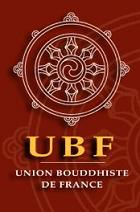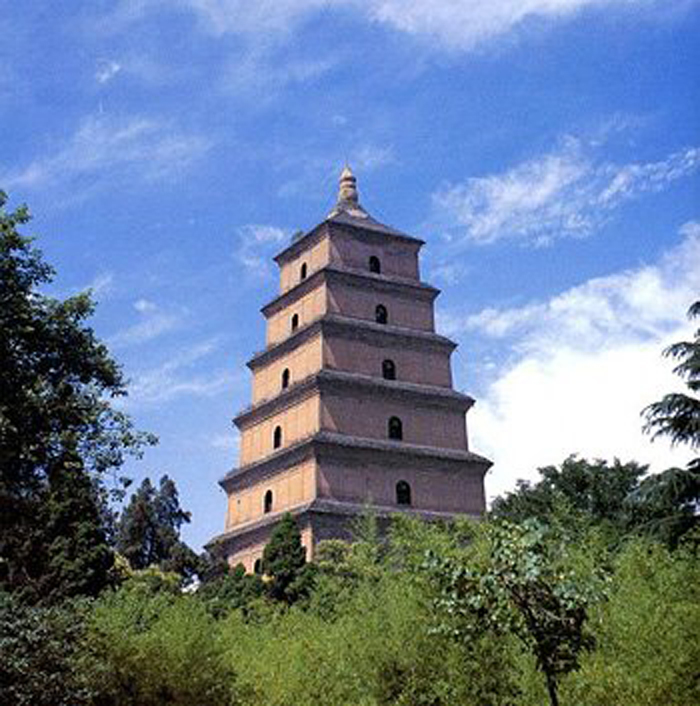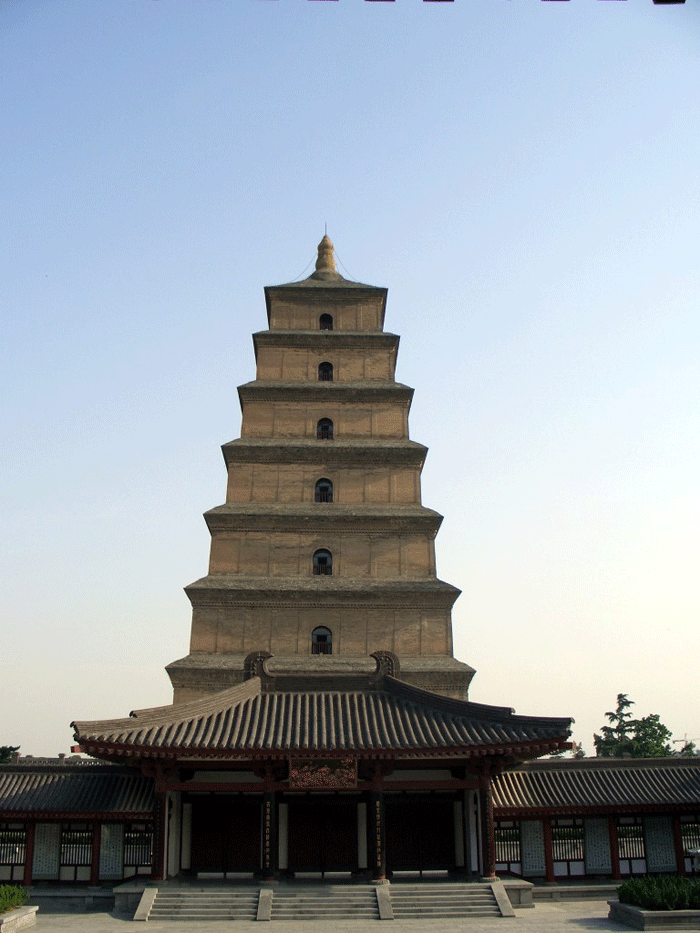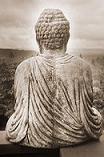The Japanese celebrate New Year’s Day on January 1 each year on the Gregorian Calendar. Before 1873, the date of the Japanese New Year (正月 shōgatsu) was based on the Chinese lunar calendar and celebrated at the beginning of spring, just as the contemporary Chinese, Korean and Vietnamese New Years are celebrated to this day.
However, in 1873, five years after the Meiji Restoration, Japan adopted the Gregorian calendar, so the first day of January is the official New Year’s Day in modern Japan. It is considered by most Japanese to be one of the most important annual festivals and has been celebrated for centuries with its own unique customs.

Traditional food
Japanese people eat a special selection of dishes during the New Year celebration called osechi-ryōri (御節料理 or お節料理), typically shortened to osechi. This consists of boiled seaweed (昆布 kombu), fish cakes (蒲鉾 kamaboko), mashed sweet potato with chestnut (栗きんとん kurikinton), simmered burdock root (金平牛蒡 kinpira gobo), and sweetened black soybeans (黒豆 kuromame?). Many of these dishes are sweet, sour, or dried, so they can keep without refrigeration—the culinary traditions date to a time before households had refrigerators, when most stores closed for the holidays. There are many variations of osechi, and some foods eaten in one region are not eaten in other places (or are even banned) on New Year’s Day. Another popular dish is ozōni (お雑煮), a soup with omochi (お餅) and other ingredients that differ based on various regions of Japan. Today, sashimi and sushi are often eaten, as well as non-Japanese foods. To let the overworked stomach rest, seven-herb rice soup (七草粥 nanakusa-gayu) is prepared on the seventh day of January, a day known as jinjitsu (人日).
Otoshidama
On New Year’s Day, Japanese people have a custom of giving money to children. This is known as otoshidama (お年玉 otoshidama). It is handed out in small decorated envelopes called ‘pochibukuro,’ similar to Goshugi bukuro or Chinese red envelopes and to the Scottish handsel. In the Edo period large stores and wealthy families gave out a small bag of mochi and a Mandarin orange to spread happiness all around. The amount of money given depends on the age of the child but is usually the same if there is more than one child so that no one feels slighted.

Mochi
Another custom is creating rice cakes (餅 mochi). Boiled sticky rice (餅米 mochigome?) is put into a wooden shallow bucket-like container and patted with water by one person while another person hits it with a large wooden mallet. Mashing the rice, it forms a sticky white dumpling. This is made before New Year’s Day and eaten during the beginning of January.
Mochi is made into a New Year’s decoration called kagami mochi (鏡餅), formed from two round cakes of mochi with a bitter orange (橙 daidai) placed on top. The name daidai is supposed to be auspicious since it means “several generations.”
Because of mochi’s extremely sticky texture, there is usually a small number of choking deaths around New Year in Japan, particularly amongst the elderly. The death toll is reported in newspapers in the days after New Year.
Hatsumōde, hatsuhinode, the “firsts” of the year
Celebrating the new year in Japan also means paying special attention to the first time something is done in the new year.
Hatsuhinode (初日の出) is the first sunrise of the year. Before sunrise on January 1, people often drive to the coast or climb a mountain so that they can see the first sunrise of the new year.
Hatsumōde is the first trip to a shrine or temple. Many people visit a shrine after midnight on December 31 or sometime during the day on January 1. If the weather is good, people often dress up or wear kimono.
Other “firsts” that are marked as special events include shigoto-hajime (仕事始め, the first work of the new year), keiko-hajime (稽古始め, the first practice of the new year), hatsugama (the first tea ceremony of the new year), and the hatsu-uri (the first shopping sale of the new year).

Poetry
The New Year traditions are also a part of Japanese poetry, including haiku and renga. All of the traditions above would be appropriate to include in haiku as kigo (season words). There are also haiku that celebrate many of the “first” of the New Year, such as the “first sun” (hatsuhi) or “first sunrise”, “first laughter” (waraizome—starting the New Year with a smile is considered a good sign), and first dream (hatsuyume). Since the traditional New Year was later in the year than the current date, many of these mention the beginning of spring.
Along with the New Year’s Day postcard, haiku might mention “first letter” (hatsudayori—meaning the first exchange of letters), “first calligraphy” (kakizome), and “first brush” (fude hajime).
Games
It was also customary to play many New Year’s games. These include hanetsuki, takoage (kite flying), koma (top), sugoroku, fukuwarai (whereby a blindfolded person places paper parts of a face, such as eyes, eyebrows, a nose and a mouth, on a paper face), karuta, and others.

Entertainment
There are many shows created as the end-of-year, and beginning-of-year entertainment, and some being a special edition of the regular shows. For many decades, it has been customary to watch the TV show Kōhaku Uta Gassen aired on NHK on New Year’s Eve. The show features two teams, red and white, of popular music artists competing against each other.
Hatsumōde, hatsuhinode, the “firsts” of the year
Celebrating the new year in Japan also means paying special attention to the first time something is done in the new year.
Hatsuhinode (初日の出) is the first sunrise of the year. Before sunrise on January 1, people often drive to the coast or climb a mountain so that they can see the first sunrise of the new year.
Hatsumōde is the first trip to a shrine or temple. Many people visit a shrine after midnight on December 31 or sometime during the day on January 1. If the weather is good, people often dress up or wear kimono.
Other “firsts” that are marked as special events include shigoto-hajime (仕事始め, the first work of the new year), keiko-hajime (稽古始め, the first practice of the new year), hatsugama (the first tea ceremony of the new year), and the hatsu-uri (the first shopping sale of the new year).
Kawasaki Shrine – Oshogatsu
Japanese go to pray in the temple, Kawasaki is the 3th famous big temple for that… 2,6 millions people will come here in 3 days.
Wikipedia




